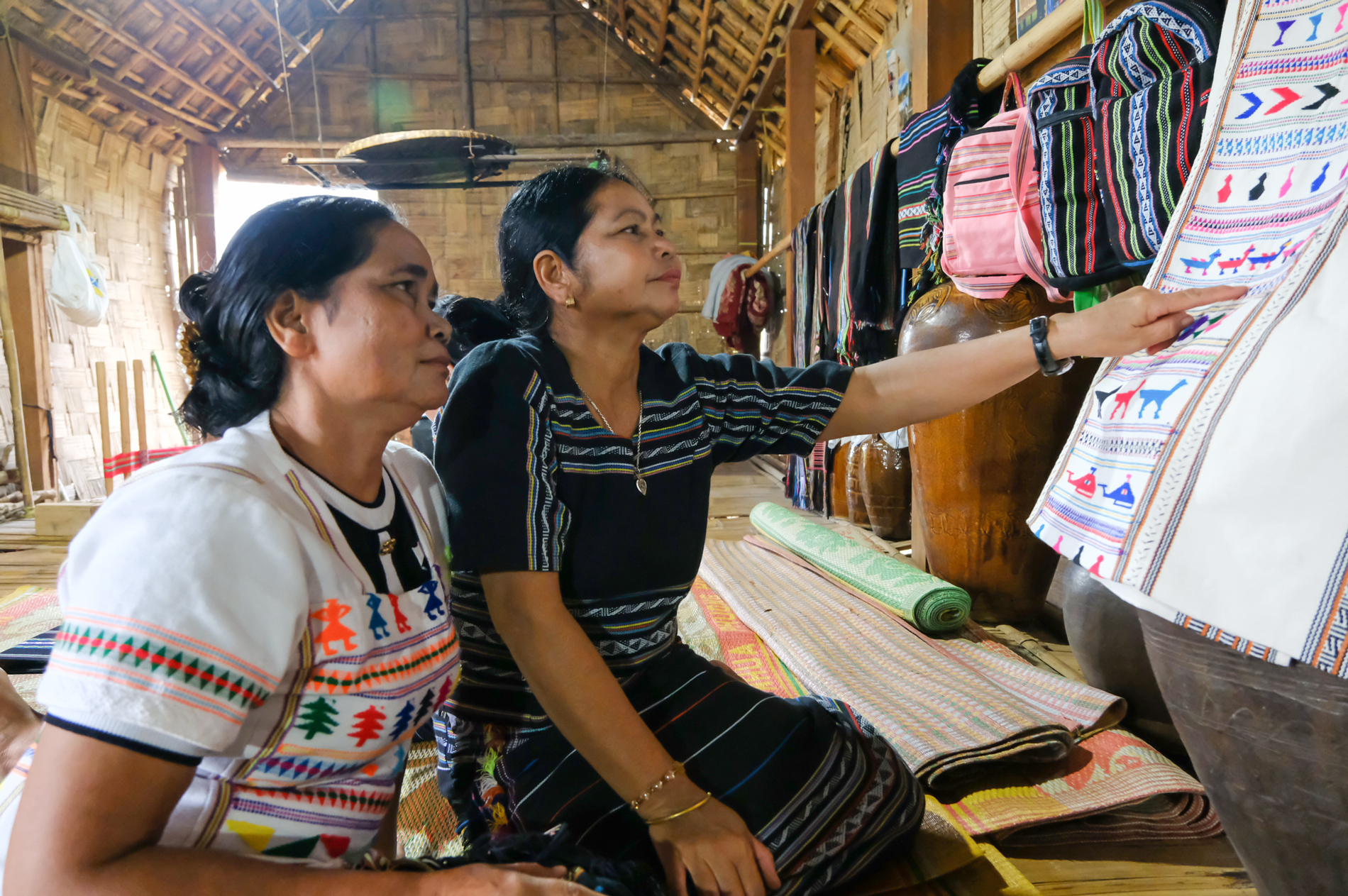 |
| Brocades with unique colors and patterns of ethnic minorities are woven and displayed at the Community Stilt House. |
FROM GRANDMOTHER'S HANDS TO CHILDREN'S DREAMS
In the rustic stilt house nestled among the Bao Lam hills, Mrs. Ka Det is still diligently working on her weaving frame. Her hands steadily push the shuttle, cherish each thread and pay attention to each detail of the pattern that is gradually forming on the brocade. This is the method that Mrs. Ka Det was taught by her grandmother, her mother and the women in the village and she learned through both exploration and perseverance several decades ago.
“Back then, I didn’t know anything. My sister and I just kept weaving, unweaving when we made a mistake, then weaving again …”, Mrs. Ka Det smiled gently as she talked about her early days of experimenting with the loom.
As a Ma ethnic person, she considers each pattern as a part of the community's memory, of the days when her mother and grandmother sat by the fire to weave brocades with unique patterns and colors of her ethnic group. Then, those brocades became indispensable gifts on the wedding day and will follow the woman throughout her life as familiar items in life such as costumes worn in important ethnic festivals, or like the baby carrier on the back in daily life.
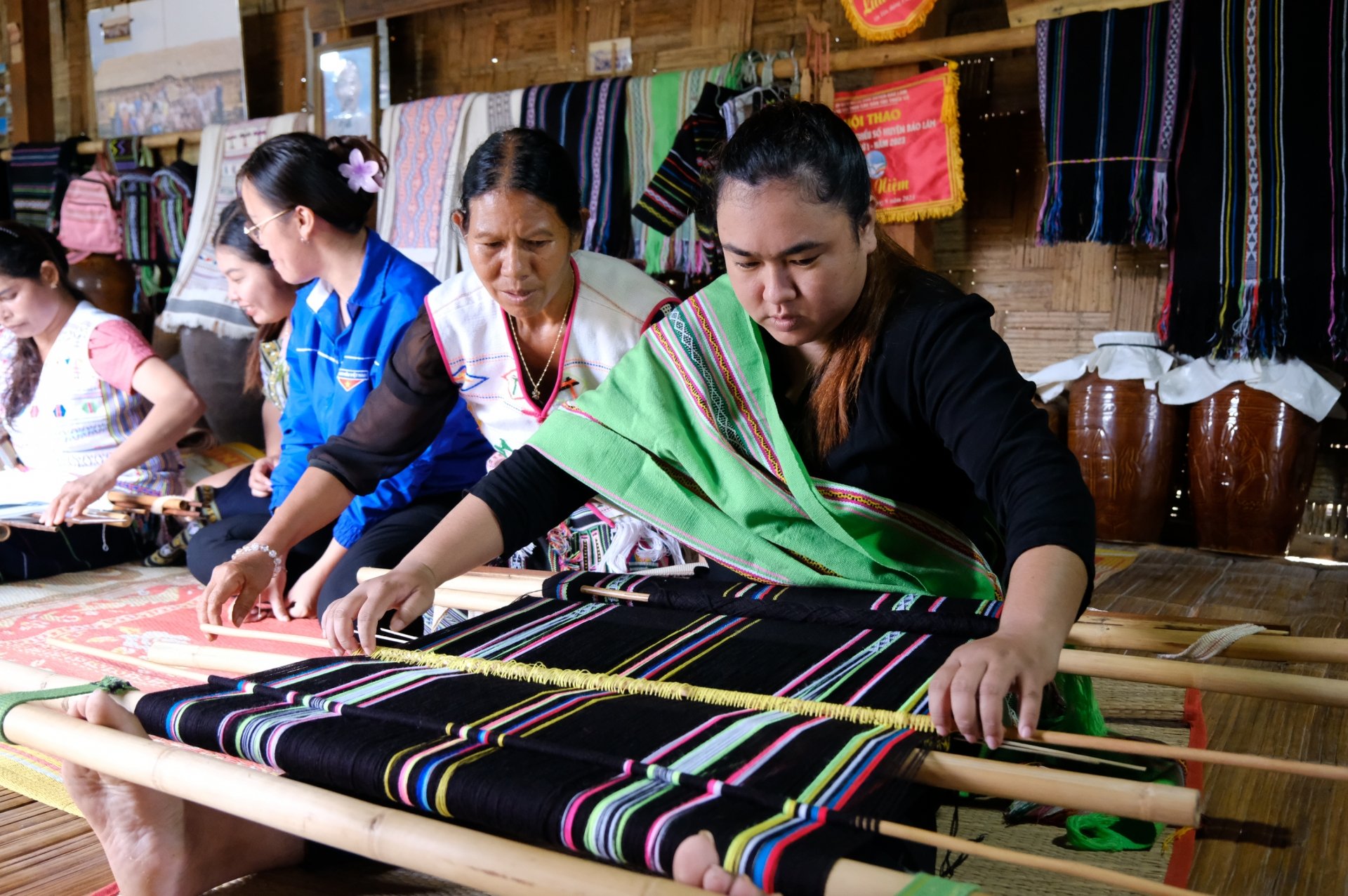 |
| Women work attentively at the loom, diligently weaving colorful brocades. |
In those days, there was no formal teaching but mainly self-learning the weaving method of the predecessors, groping each fragile thread and learning how to create patterns and motifs according to one’s own ideas. And today, Mrs. Ka Det understands that teaching and learning how to weave brocade is a natural continuation in the life of the community. And, weaving brocade not only requires perseverance and meticulousness, but also shows responsibility for the origin: “Unable to abandon the tradition of the Ma people, I also want to pass it on to my children and grandchildren. When I and the other sisters grow old, the children will continue…”, she said slowly, as if she was weaving a quiet but persistent belief in the unbroken cultural flow of the nation.
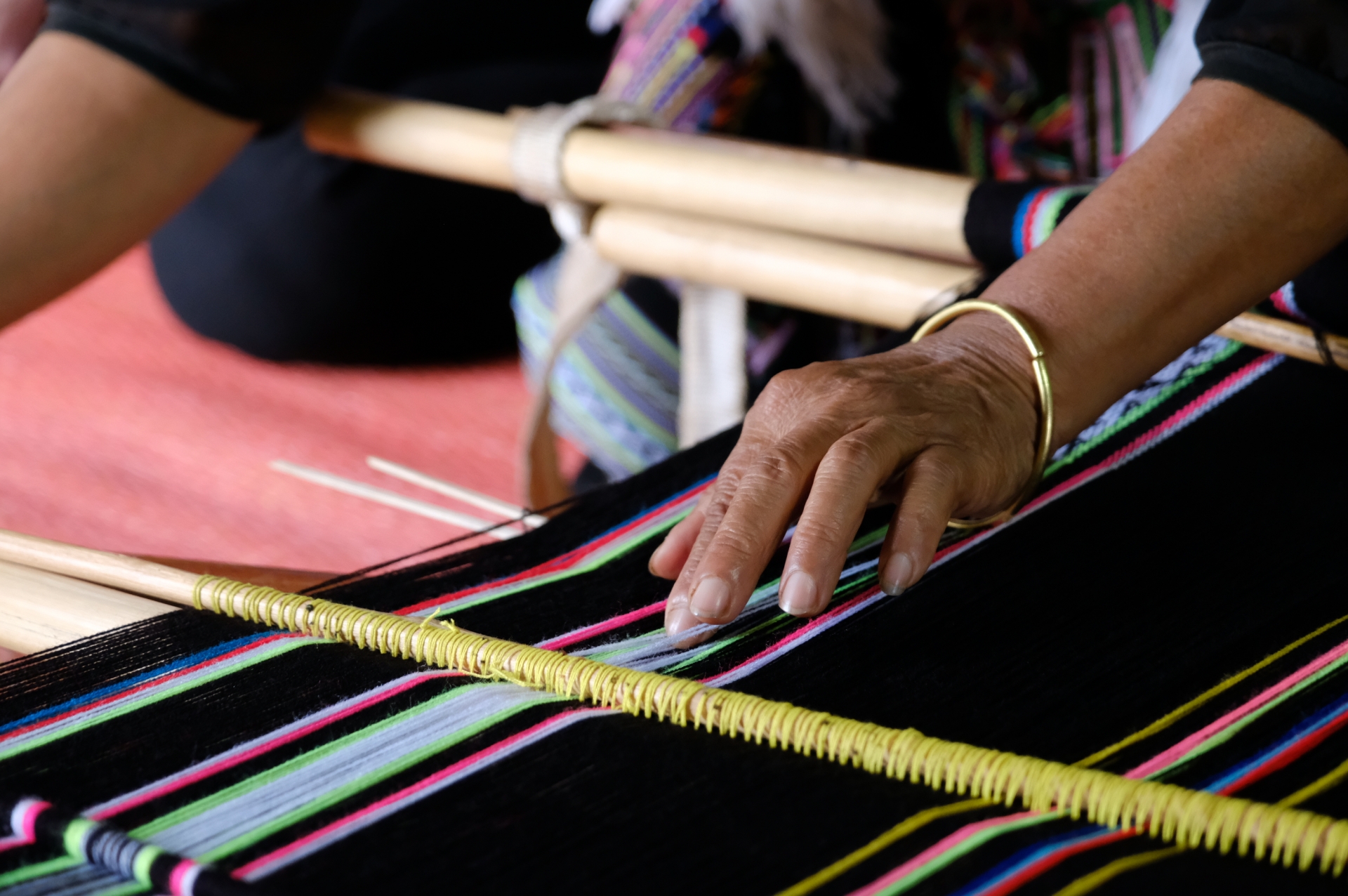 |
| Meticulous hands on each thread, creating the background for brilliant brocade patterns |
Joining her in the journey to revive the weaving profession, Ms. Ka Hep - Head of the Brocade Weaving Group, has been persistent in her work of "teaching and preserving" every day. For over two years, under the roof of the communal stilt house, she and other members have organized classes for nearly 20 young people, most of whom are students, taking advantage of their summer vacation to learn the craft.
According to Mrs. Ka Hep, in order for learners to approach the profession, they must first start with the most basic things: Stretching the string correctly, pedaling evenly, holding the hand firmly so that the thread does not break or loosen. “For patterns, I will teach you the simple things first. Then gradually mix colors, make borders, and gradually increase the interest so that people are interested, otherwise if it is too difficult, they will get discouraged…”, Mrs. Hep smiled, her eyes full of hope.
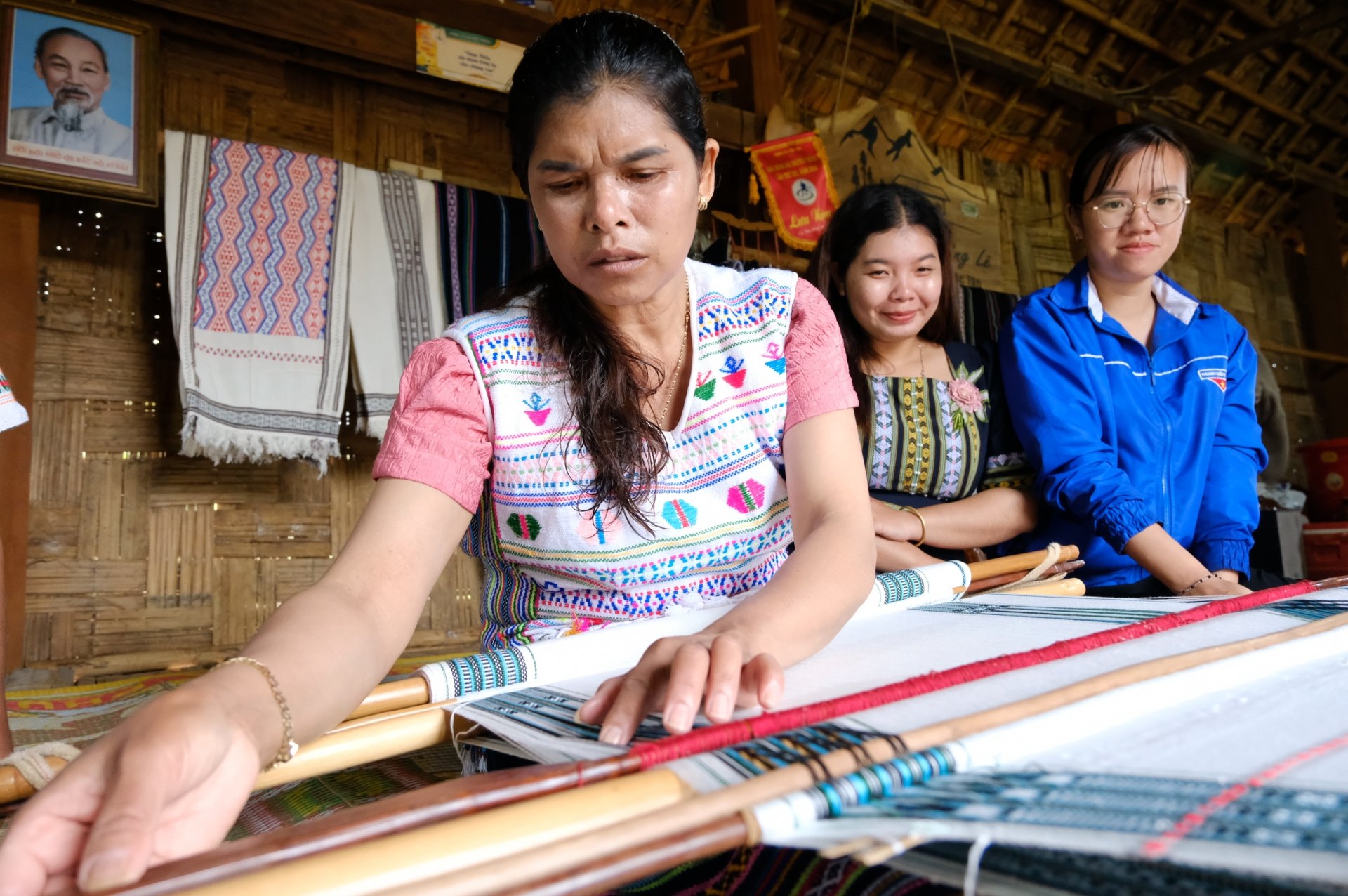 |
| Love for the craft is the key to preserving and passing on brocade weaving techniques. |
Interest, that is what she always emphasizes. Because weaving is not only about technique, it also requires love. Only with love can one continue to learn, want to keep it, and then be able to make a living from the profession.
“I hope that in the future, I will not only keep the profession, but also make it more beautiful and new. Combine old and new patterns to make the products more modern, attract tourists , and generate income so that the profession can last…”, Ms. Ka Hep shared.
She also expressed her hope that the Weaving Group would be interested in investing more in facilities, supporting training in sewing techniques and design patterns, so that the Weaving Group would not only stop at preserving but also be able to truly "survive well" in today's market.
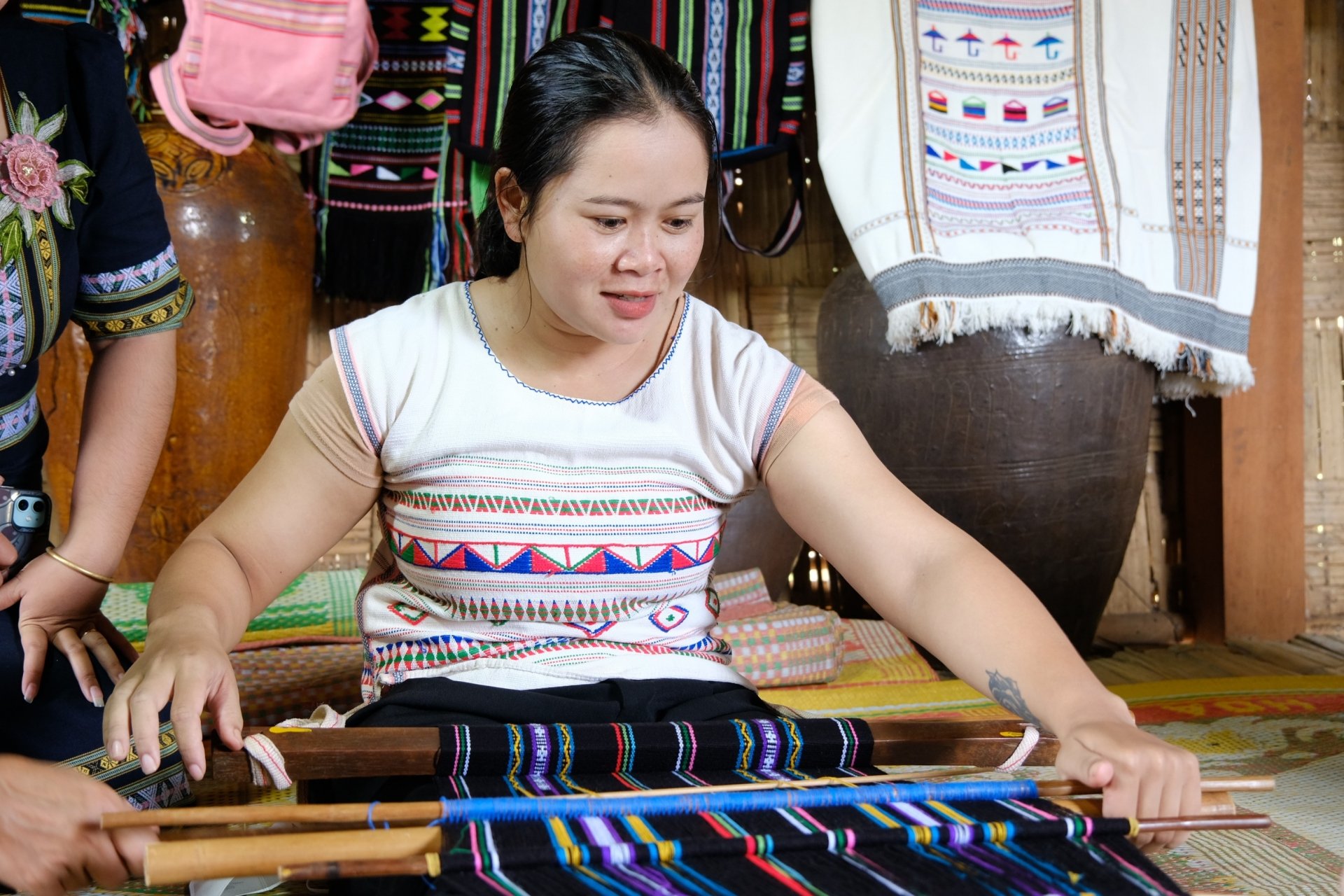 |
| The young generation is taught brocade weaving skills, continuing the source of national culture. |
WHEN YOUNG PEOPLE VOLUNTARILY SIT BACK AT THE LOOMING FRAME
Without waiting to be handed over, some young people in Village 3, Loc Tan Commune have proactively sought out weaving as if they were returning to their roots. For Ms. Ka Thoi, one of the young members of the Weaving Group, learning the craft is not simply a new skill, but a journey full of pride: “Before, I only learned a little bit, but after finishing the 2-month class this time, I feel much more confident. Now, I don’t need my mother or grandmother to sit by my side anymore, I have been able to weave a piece of fabric with the pattern I want. I feel very happy wearing the clothes I make, whether they are beautiful or not.”
Not only weaving for himself, Ka Thoi also has bigger plans. “Right now I only weave for myself, but in the future I will try to learn more to make more beautiful products to sell on the market,” Ka Thoi said.
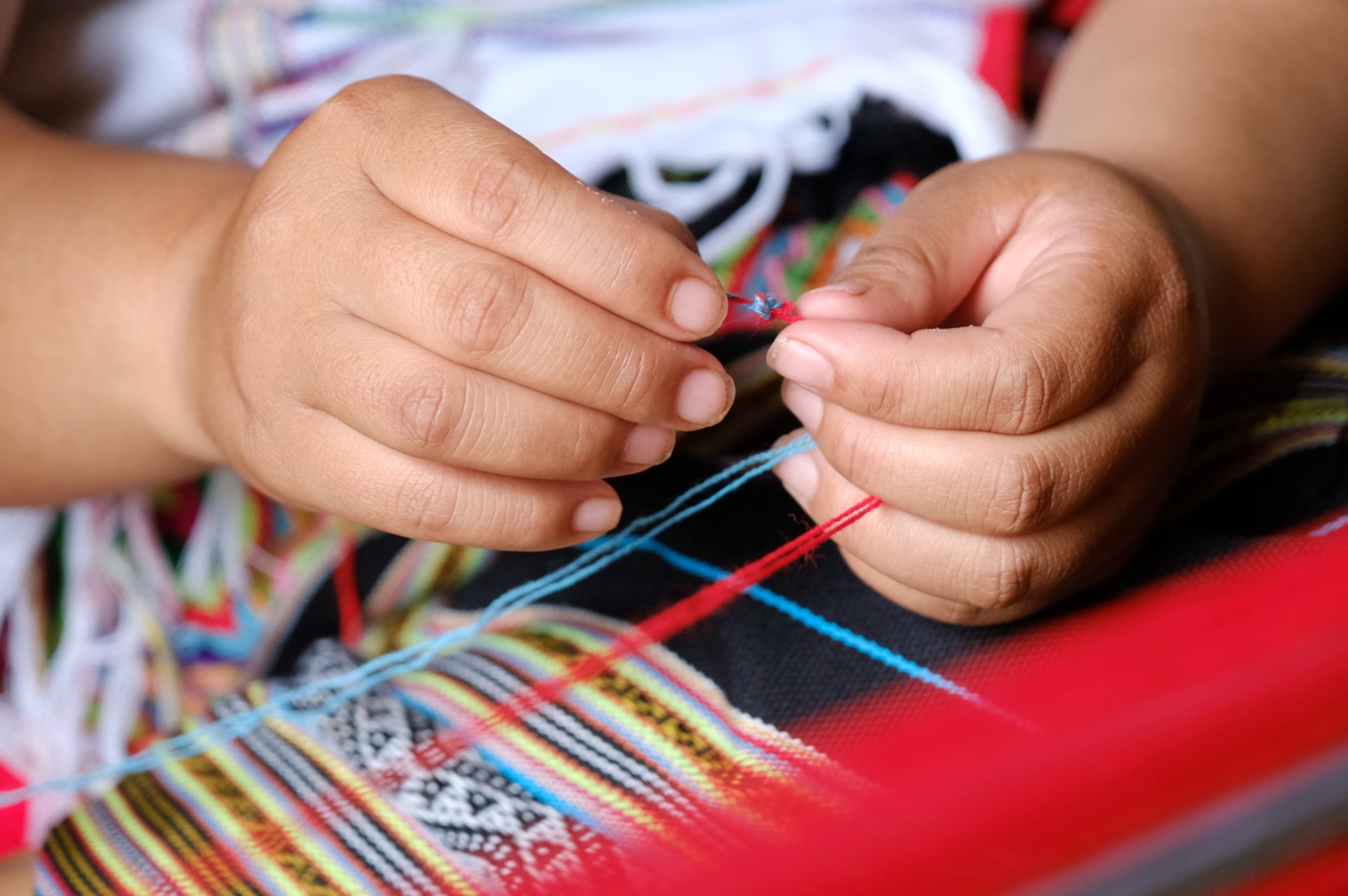 |
| Carefully connect the colored threads, preparing for the stage of weaving delicate patterns. |
To make those dreams come true, Ka Thoi boldly borrowed 50 million VND from the Bao Lam District Social Policy Bank, of which 25 million was invested in weaving, the remaining 25 million was used to grow mulberry trees to raise silkworms, a long-term plan to close the production chain, from raw materials to final products.
Ms. Ka Thoi is just one of more than 20 ethnic minority households in Village 3 that have access to preferential capital from the policy credit program, with loans of 50 - 100 million VND/household. This source of capital not only partly solves the burden of initial investment costs, but also motivates people to boldly restore and develop the traditional weaving profession.
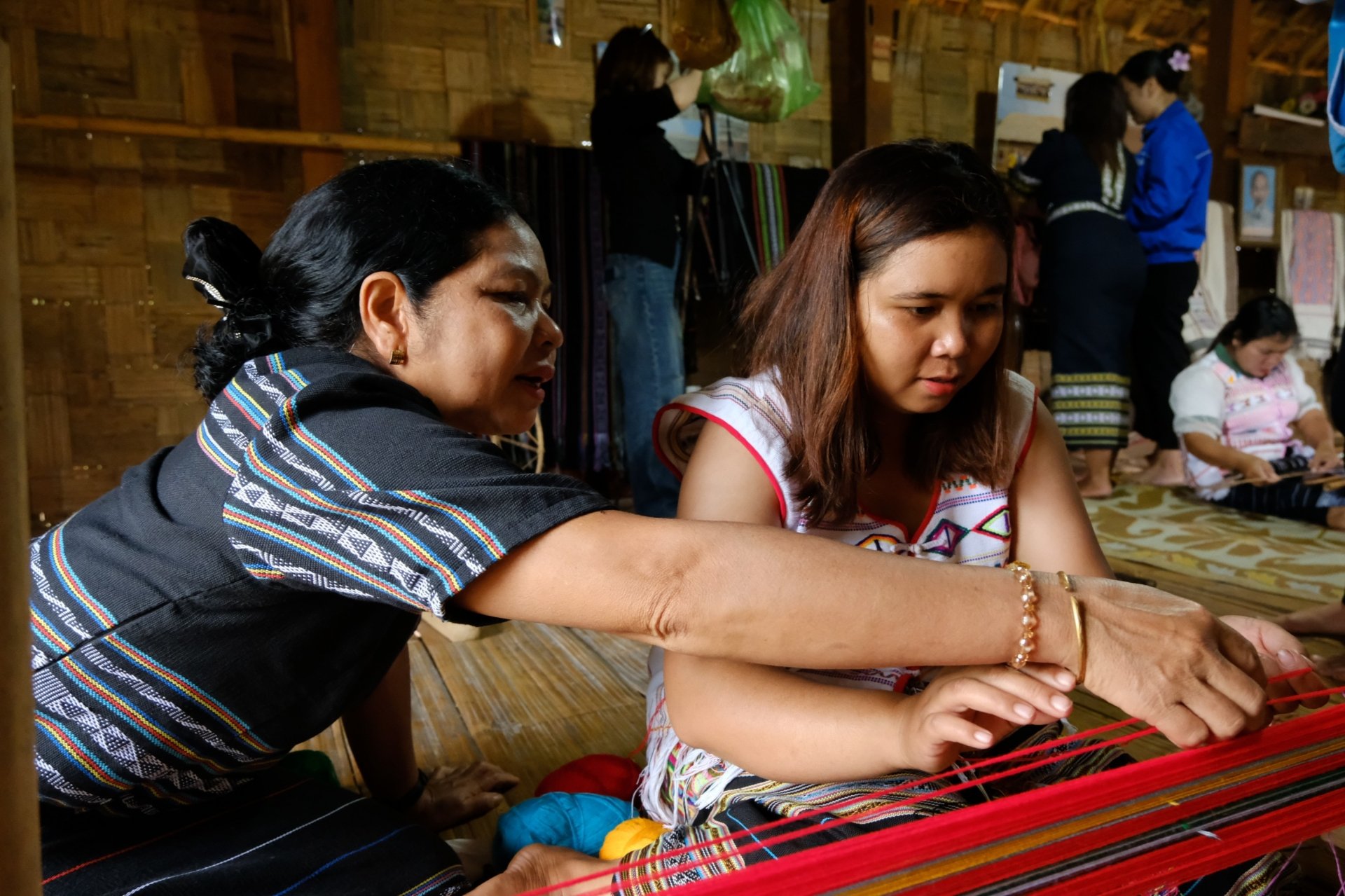 |
| A corner of the brocade weaving classroom - where young people continue the ancient profession |
The weaving group currently has more than 20 members, mainly ethnic minority women, operating during the off-season. The communal stilt house is not only a place to pass on the craft but also a space to display and introduce products, gradually shaping a traditional craft space with a lively breath in everyday life.
Ms. Hoang Thi My Hang - Former Secretary of Bao Lam District Youth Union, who accompanied the formation of the Weaving Group, shared more about the expectations placed on the young generation: “Initially, there were only a few enthusiastic women, but thanks to the joint efforts of young people and timely attention from credit policies, this model was formed and gradually spread. The good news is that young people do not stand aside, they actively participate, both learn and cherish the desire to preserve and promote the cultural identity of their nation. Through the Weaving Group, the young generation is also exposed to traditional cultural values right from the first steps, learning from grandmothers, from teachers, from people who have been attached to the profession for many years. You will be the bridge, continuing to maintain and develop the weaving profession with your dynamism and creativity".
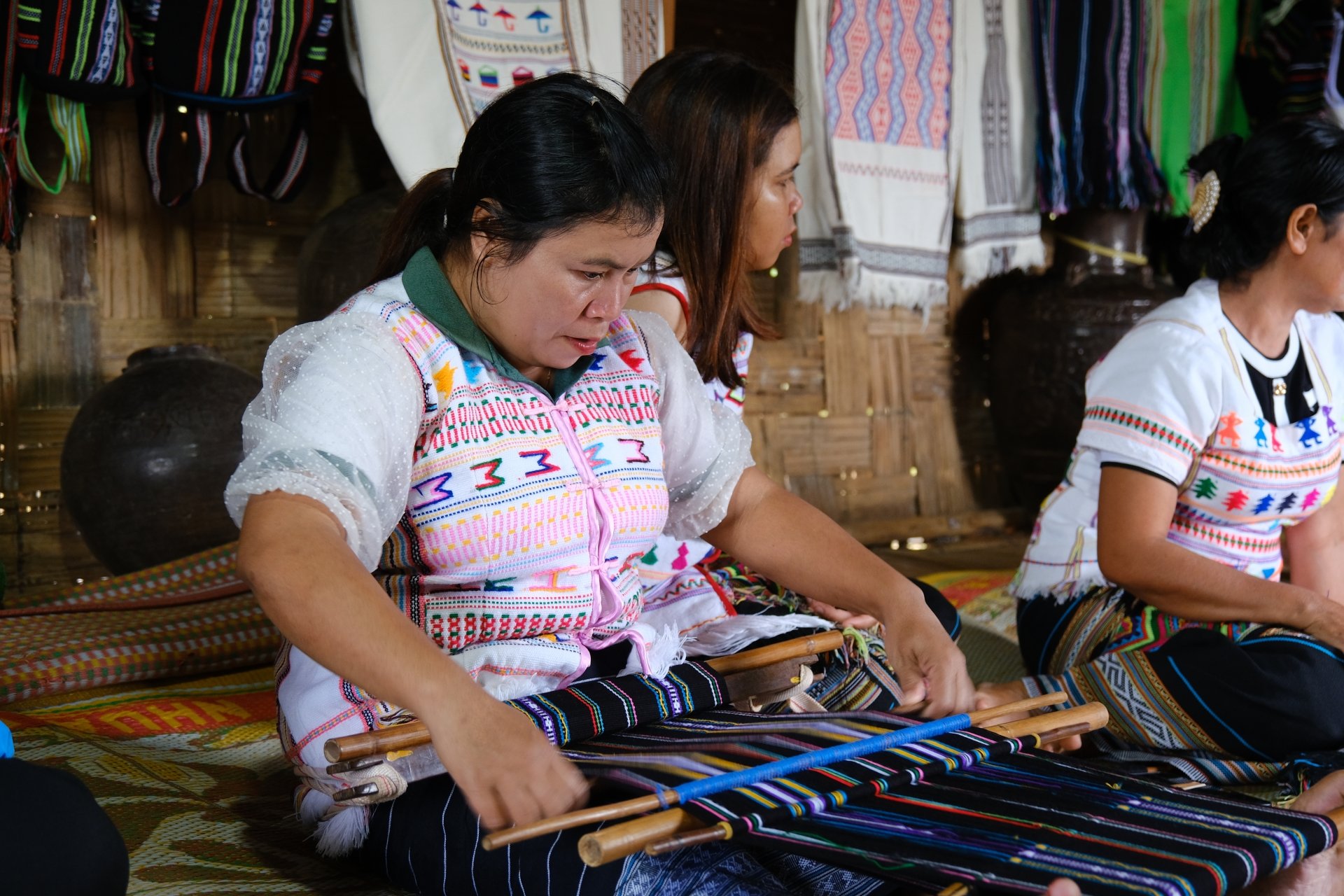 |
| Diligent hands shuttle, keeping the traditional rhythm on the loom |
Not stopping at preserving the craft, Ms. Hang hopes that the weaving group will open up wider directions for development in the future. Ms. Hang said: "With the enthusiasm of young people, who knows, in the future the traditional weaving group will grow into a real craft village, even become a cultural tourist destination, helping to spread national identity, while creating a sustainable source of livelihood for the community itself...".
In Village 3, the looms that were once shelved and quietly placed in the warehouse have now been re-erected in the middle of the stilt house, where light streams through each thread of fabric that is taking shape. The elderly pass on their skills, and the young receive them with willingness and love. Along with that, timely support from policy credit programs is also opening up opportunities to realize the dream of linking culture with the economy .
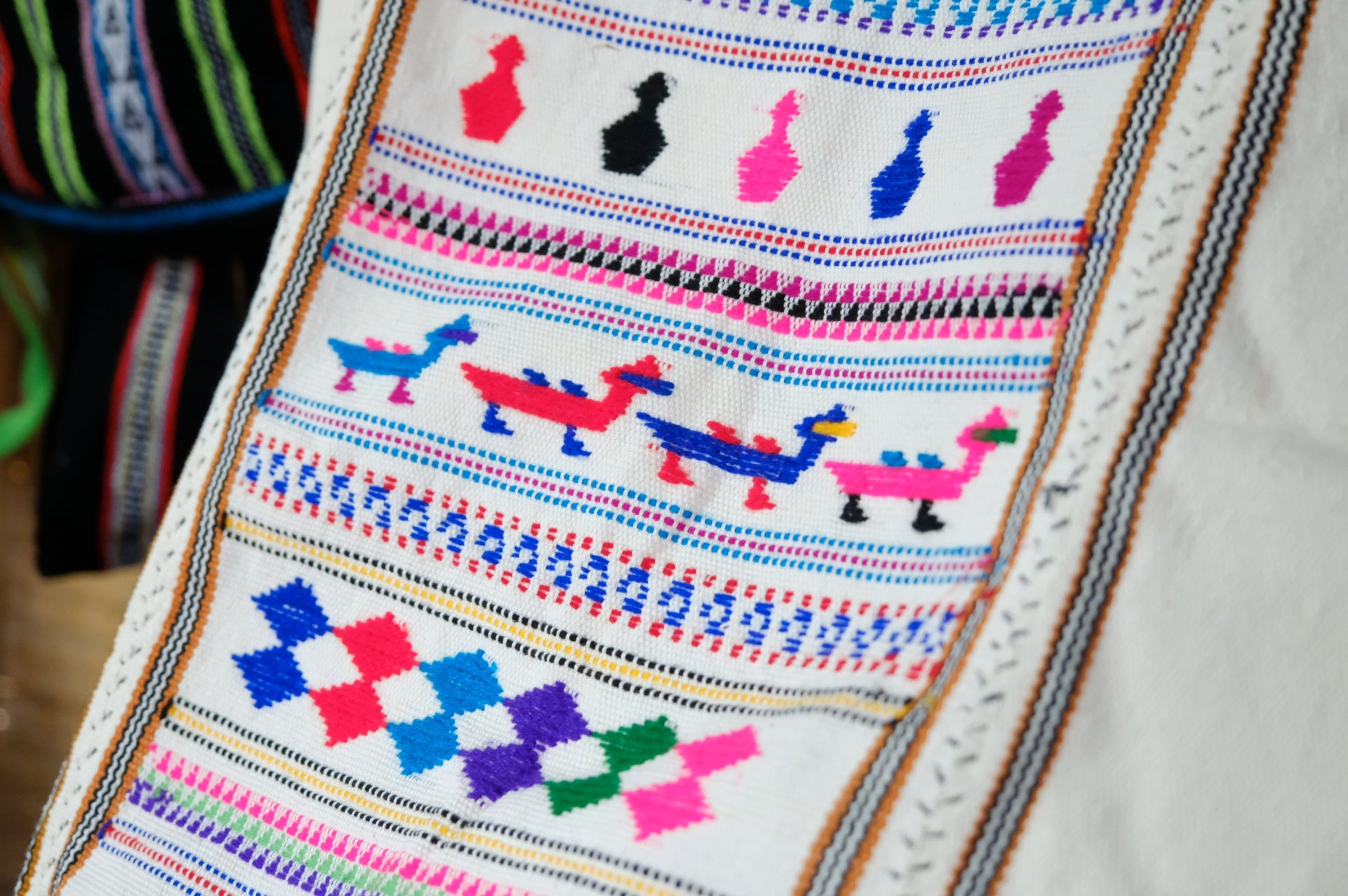 |
| Traditional brocade patterns, crystallized from skillful hands and creativity |
Cultural preservation is no longer a concept on paper. It is present in every clatter of the shuttle, in the enthusiasm of young people with the weaving loom and in the relieved eyes of predecessors when they see the next generation starting to move forward. From a profession that was once at risk of disappearing, the Brocade Weaving Group of Hamlet 3, Loc Tan Commune, Bao Lam District has now become a clear example: Culture, if preserved and revived in appropriate ways, will not only be passed on, but can also become a new resource, empowering the community on the path of development.
Source: https://baolamdong.vn/xa-hoi/202505/khat-vong-hoi-sinh-nghe-det-truyen-thong-b3f6c76/























![[Photo] National Assembly Chairman attends the seminar "Building and operating an international financial center and recommendations for Vietnam"](https://vphoto.vietnam.vn/thumb/1200x675/vietnam/resource/IMAGE/2025/7/28/76393436936e457db31ec84433289f72)



















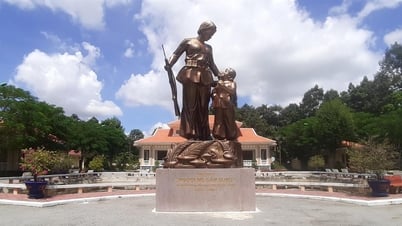








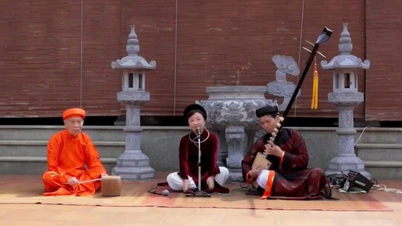




















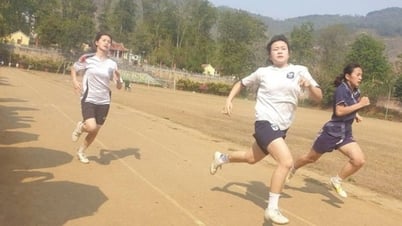























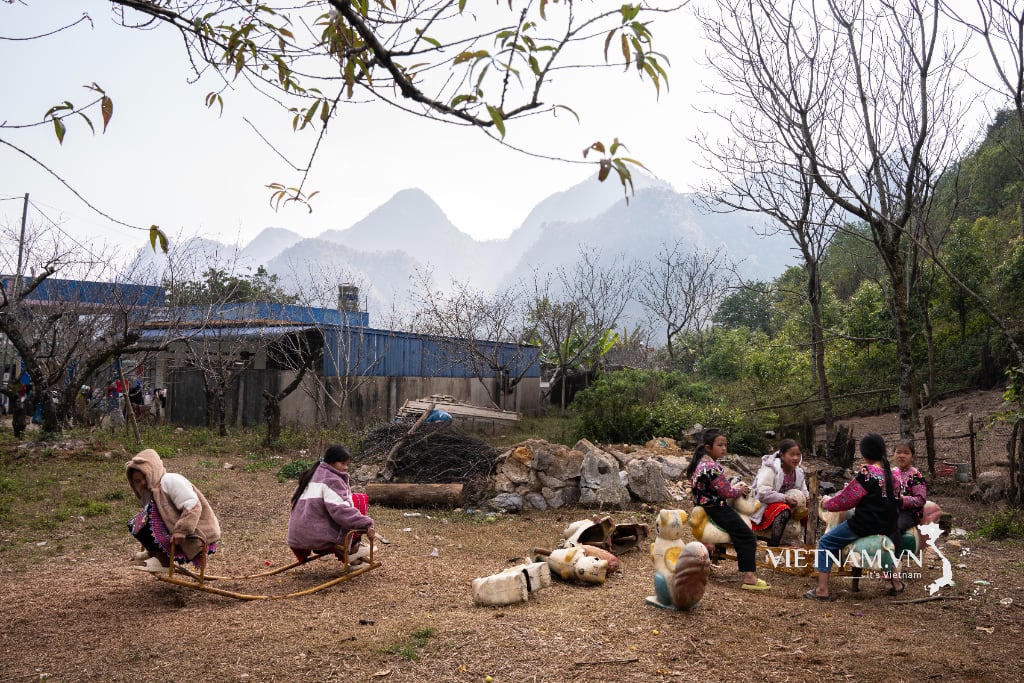


Comment (0)